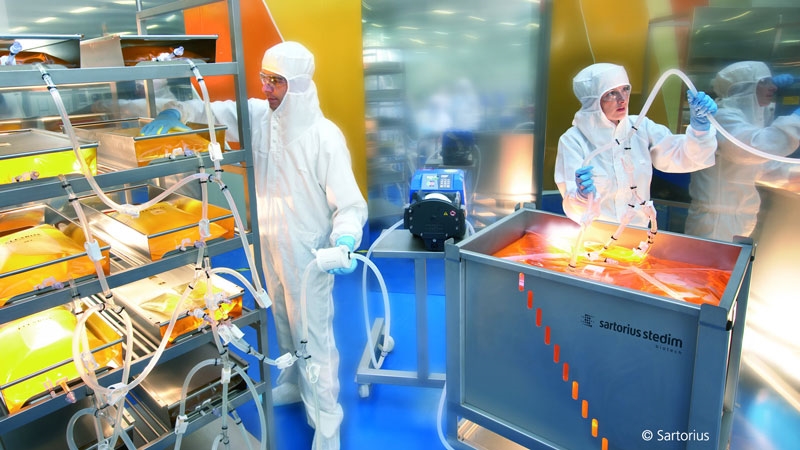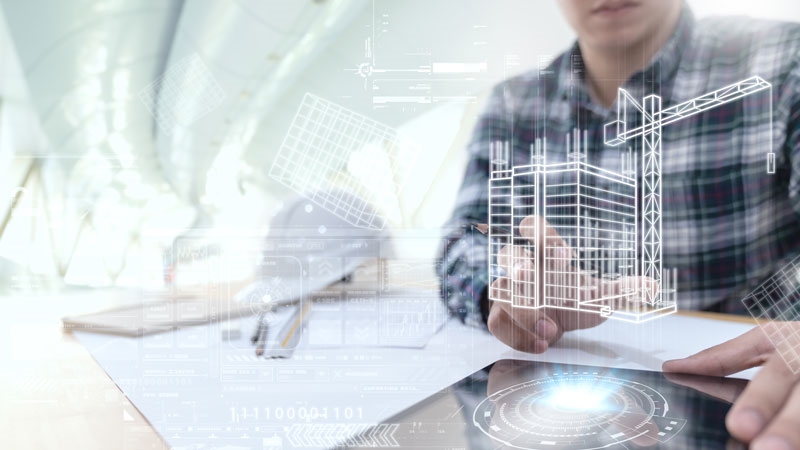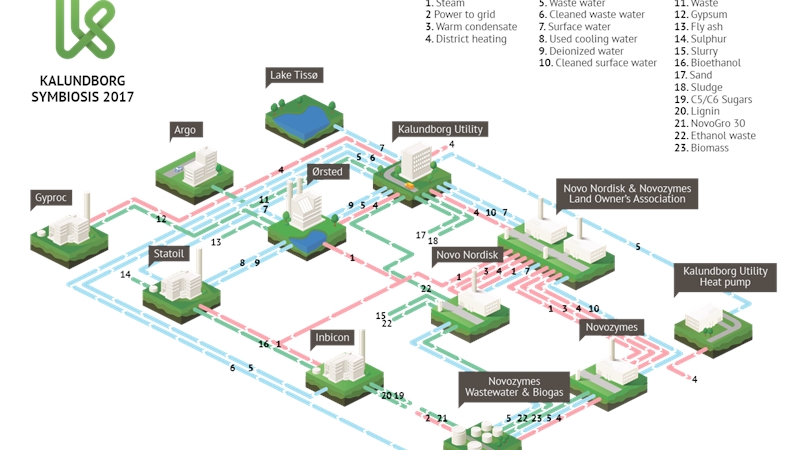Energy efficiency is on the minds of pharma manufacturers, mostly due to an increased focus on cost in the industry. The problem is that many processes, particularly cleaning and ventilation, are highly energy intensive and therefore very expensive. So how can manufacturers quickly reduce these costs and improve their efficiency overall, without compromising safety?
Costs are increasingly important in pharma manufacturing and reducing them is a big part of energy efficiency. However, energy efficiency is also driven by internal cultural changes and a desire to take environmental issues seriously. Many companies are moving environmental goals from the corporate level down to projects and realize they need to be specific about what they need. Indeed, project managers and on-site workers are beginning to see energy efficiency on par with GMP, the economy of a project, and the timeline.
Alongside this, positive environmental action is something the wider world now demands – and plays a big factor in attracting new talent. Potential employees are increasingly interested in a company's environmental policies, and in the highly competitive arena of pharma manufacturing, showing your commitment to these goals can give you the edge, while also improving your relationship with the authorities and local communities surrounding a production site.
Put simply, taking care of the environment, saving energy and making sure you treat any waste water properly is an important part of being a successful and responsible pharma manufacturer.
The main energy consumers in pharma manufacturing
Cleaning consumes the most energy and water in pharma manufacturing. From vials and bottles to vessels, pipes and equipment, more than 2/3 of water consumption in manufacturing facilities is related directly to cleaning. If you consider this often requires hot water or steam for sterilization, you can imagine how high the energy costs can be.
The second major energy consumer is ventilation, especially in cleanrooms and classified areas. Air in pharma facilities needs to be moved around, filtered, heated and cooled, humidified and dehumidified – all using significant amounts of energy.
How are pharma manufacturers tackling these issues?
Some companies take a high-level approach, making very specific standards at a corporate level. These standards could be, for example, which ventilation system to purchase, whether a system should have heat recovery, or how efficient a pump needs to be to conserve energy.
Other companies look at their existing facilities and operations and measure how much energy is used per ton of drug. They then try to reduce this by setting energy use goals during operation. Similarly, in relation to water, some companies set specific goals for an entire site. So, if water consumption goes up in one building, or a new facility is built, they have to find reductions elsewhere. This is particularly common in areas of water scarcity.
Can pharma manufacturing learn from other industries?
Other industries are currently more advanced than pharma manufacturing in energy efficiency - especially with cleaning. Breweries and dairy producers, for example, have worked hard to significantly reduce their water consumption by saving water from the final rinse and using it for the next initial rinse. This not only reduces water usage, but also reduces wastewater and the energy needed to heat the water.
This lag is partially because the pharma industry has very strict GMP requirements. If a piece of equipment isn’t cleaned well enough, the risk is much higher than in the food industry - especially for injectables.
So is it possible to optimize further by learning from the experiences of other industries? Yes - particularly with reduction, recovery and energy sourcing.
Three steps to improve energy efficiency in pharma manufacturing
Although energy efficiency decisions can be corporate lead and long-term, there are still many things that facilities can do right now to reduce their energy consumption.
1. Reduce
The first step is always reduction. When building new facilities, it is vital to focus on your requirements. This could be the temperature in rooms or the humidity level.
Reducing these requirements is one of the cheapest and easiest ways to improve energy efficiency. For example, if you widen the set point of humidity in a room from 40-50% to 30-70%, you can significantly reduce energy consumption without spending any money. Increasing the efficiency of equipment by using mandatory eco-design standards such as motors, pumps, and fans is also a positive step in the right direction.
2. Recover
Once you have looked into reduction, the next area to consider is recovery. Like the food industry, recovering water is a great way to reduce usage. Some of the wastewater from a pharma manufacturing facility is much cleaner than the water going into the facility – such as the final rinse of equipment with purified water. Therefore, it makes sense to salvage some of this and use it for another purpose, perhaps in cooling towers or as a pre-rinse elsewhere. In doing so you reduce the amount you need to treat and put back into the external environment, and you also reduce water intake.
3. Improve energy sources
Finally, improving your energy sourcing is something to consider to improve efficiency. This could mean looking into where you buy your energy, buying energy that is CO2 neutral, or producing some of the energy yourself by putting solar panels on the roof or using heat pumps instead of natural gas-fired heating.
What do the authorities say about energy efficiency in pharma?
Although the authorities (such as the FDA and EMA) are more focused on product quality than energy consumption, some recent initiatives regarding faster and more flexible processes for approvals have an environmental side-effect. The EMA, for example, now allow water for injection to be produced by membrane technology, rather than the very energy-intensive process of distillation. And although energy didn’t necessarily drive this change, it still reduces cost and has a positive environmental impact.
Be specific in your goals
Overall, energy efficient initiatives are being implemented more now than ever before. And alongside corporate goals, it is up to project managers to decide what does and doesn’t mean energy-efficient plant design. On one end, this can mean selecting better equipment. On the other, it can mean creating a strategy about how you clean it.
Finally, addressing the culture within an organization is paramount to energy efficiency. This means being very specific about what you want both internally and towards your supplier and making energy efficiency a concrete project goal.



